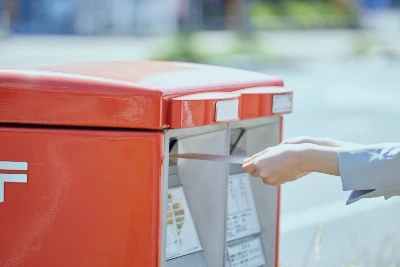The Process of Conducting a Survey
- STEP01
-
Understanding and Organizing Marketing Challenges / Research Planning
Clearly define the purpose and research questions, establishing the goals of the research.
- STEP02
-
Creating the Survey
Finalize the survey questionnaire.
- STEP03
-
Survey Translation
Translate the survey questionnaire into the local language.
- STEP04
-
Setting Up the CAPI
Configure the survey screen for the questionnaire and verify the settings according to the logic.
- STEP05
-
Conducting Pilot Interviews
Simulate actual interviews, confirm interview duration, and check for any issues with the survey questionnaire.
- STEP06
-
Conducting On-site Instructions
Provide instructions to interviewers on the flow of the survey and important points to note.
- STEP07
-
Recruiting and Interviewing Participants
Identify participants meeting the criteria and conduct interviews.
- STEP08
-
Data Check and Delivery
Check collected data and deliver raw data.
- STEP09
-
Analysis
Deliver GT/Cross-Tabulation tables.
- STEP10
-
Report Delivery
Analyze whether the hypotheses were correct or not.
Quantitative Research
-

Internet Survey
This is a survey conducted on the Internet, targeting survey monitors. Compared to other methods, it can be implemented at a low cost and with high speed. Additionally, it allows for surveys of target groups with low occurrence rates. We will provide full-service internet surveys, from survey design to data analysis and reporting.
-

CLT (Central Location Test)
This is a survey designed to have participants try out products or services on-site and obtain real evaluations. With many participants evaluating simultaneously in the same environment, it becomes easier to compare their assessments, enabling efficient data collection.
-

HUT (Home Use Test)
The Home Use Test (HUT) involves sending new products or other items to survey participants’ homes for a specified period. Participants are asked to use the products or engage in taste tests during this time and provide evaluations based on their experiences. This type of survey allows us to understand real consumer needs as participants use and sample the products in conditions close to their everyday lives.
-

Mail Survey
In a Mail Survey, survey questionnaires are sent to participants by mail. Participants are asked to fill out the questionnaire at their convenience and return it by mail. This type of survey allows us to collect opinions from a wide range of demographics, including the elderly, in contrast to internet surveys.
-

Mystery Shopper
This is a survey where individuals, posing as regular consumers, visit stores and assess customer service attitudes and the overall in-store environment from the perspective of an ordinary shopper.
-

Shelf Test
This survey evaluates how products are displayed in the actual sales environment. As the products are assessed in their original selling environment, more realistic and concrete results can often be obtained.
-

In-Store Customer Survey
This survey involves conducting post-purchase interviews with customers after they have completed their shopping. It allows for gathering the raw feedback from store users and enables the assessment of factors such as customer demographics and the effectiveness of in-store promotions.
-

Field Survey
In this survey, interviewers visit respondents at their homes. After seeking cooperation for the survey, the interviewers conduct face-to-face interviews or leave survey questionnaires to be collected later. Since it involves face-to-face interaction, there are advantages such as the ability to thoroughly share the survey purpose with the respondents and address any misunderstandings or mistakes in responses.
-

Count Survey
A count survey involves observing and measuring the number of people passing through specific points such as entrances and exits of stores, facilities, or stations. Understanding the actual flow of people helps in grasping the location characteristics of a store and in selecting potential locations for new stores.
Qualitative Research
-

FGI (Focus Group Interview)
This survey involves gathering 3 to 6 research participants in one room and conducting interviews in a group discussion format. As it allows to collect ‘real voices’ directly, it enables a deeper understanding of consumer psychology.
-

DI (Depth Interview)
This survey method is conducted in a one-on-one interview format between the participant and the interviewer. It focuses on the participant’s opinions, experiences, emotions, etc., and is used to obtain in-depth insights.
